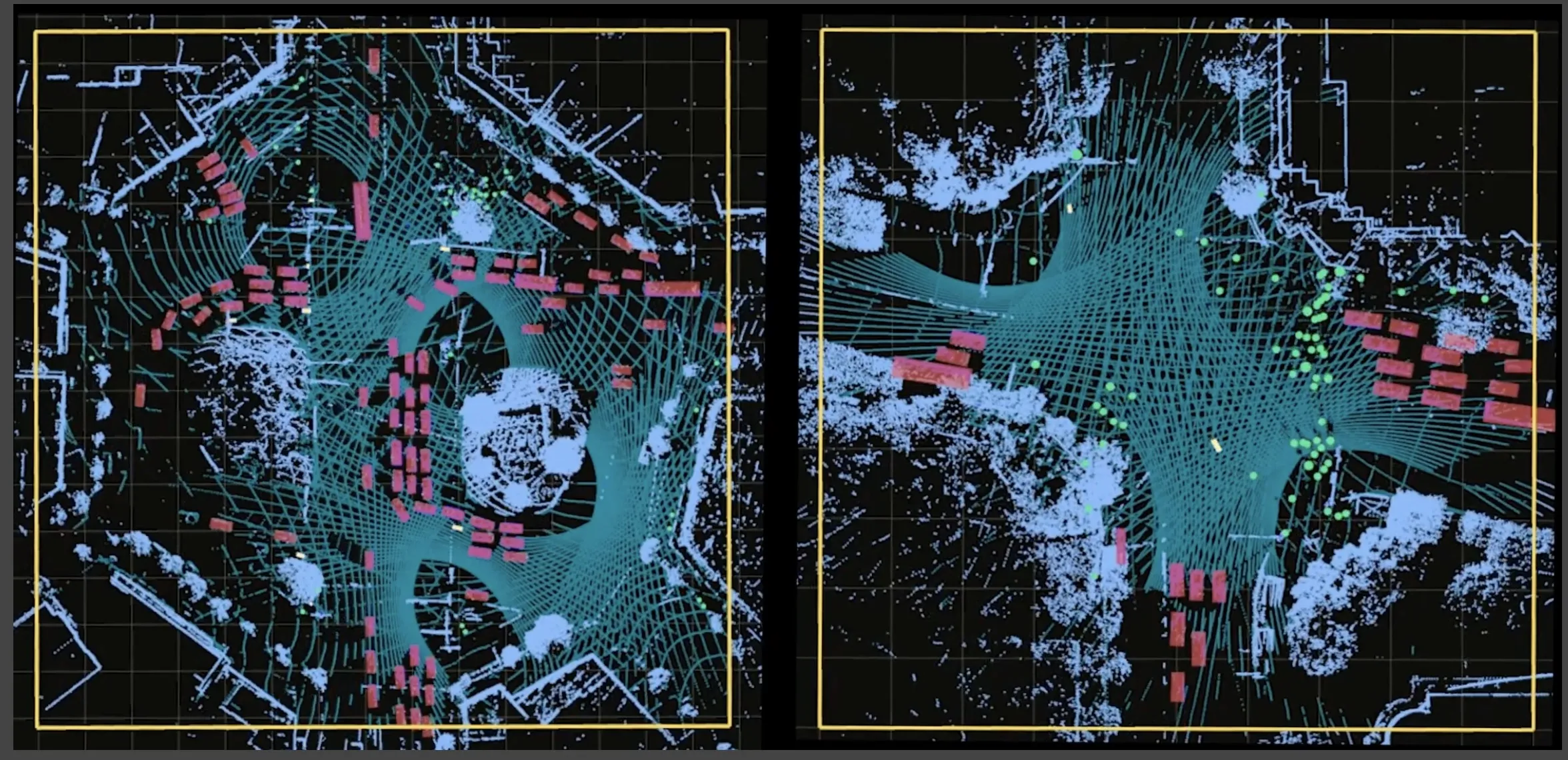The global intelligent transportation system (ITS) market is expected to reach US$66.5 billion by 2024, according to a new report by Research and Markets. The report, Intelligent Transportation System (ITS) Market Analysis By Type, By Application And Segment Forecasts To 2024, indicates that usage of ITS to reduce road accidents and increase safety is a major driving force for the ITS market.
Demand for vehicle-to-vehicle (V2V) and vehicle-to-infrastructure (V2I) communication in order to enhance road s
November 28, 2016
Read time: 2 mins
The global intelligent transportation system (ITS) market is expected to reach US$66.5 billion by 2024, according to a new report by 7527 Research and Markets. The report, Intelligent Transportation System (ITS) Market Analysis By Type, By Application And Segment Forecasts To 2024, indicates that usage of ITS to reduce road accidents and increase safety is a major driving force for the ITS market.
Demand for vehicle-to-vehicle (V2V) and vehicle-to-infrastructure (V2I) communication in order to enhance road safety is expected to gain momentum over the forecast period. The continuous progression and development have become a crucial need for betterment of road networks in the transportation systems. Enhancement in vehicle transport technology such as blind spot detection and electronic toll collection has continued to redefine the current opportunity and future prospects of sustainable traffic and transport management.
Additionally, congestion cost is a major issue for any nation in terms of fuel consumption and travel time. ITS and connected car technology is transforming mobility and safety on highways by avoiding crashes and reducing fatalities. As a result, there is a strong focus on deployment of advanced traffic systems and reducing the number of road accidents, which can be facilitated through ITS solutions.
The North America ITS industry is anticipated to reach US$26.29 billion by 2024. Increased government focus on passenger safety and implementation of traffic management projects and initiatives are propelling the demand for intelligent transportation system.
Demand for vehicle-to-vehicle (V2V) and vehicle-to-infrastructure (V2I) communication in order to enhance road safety is expected to gain momentum over the forecast period. The continuous progression and development have become a crucial need for betterment of road networks in the transportation systems. Enhancement in vehicle transport technology such as blind spot detection and electronic toll collection has continued to redefine the current opportunity and future prospects of sustainable traffic and transport management.
Additionally, congestion cost is a major issue for any nation in terms of fuel consumption and travel time. ITS and connected car technology is transforming mobility and safety on highways by avoiding crashes and reducing fatalities. As a result, there is a strong focus on deployment of advanced traffic systems and reducing the number of road accidents, which can be facilitated through ITS solutions.
The North America ITS industry is anticipated to reach US$26.29 billion by 2024. Increased government focus on passenger safety and implementation of traffic management projects and initiatives are propelling the demand for intelligent transportation system.








